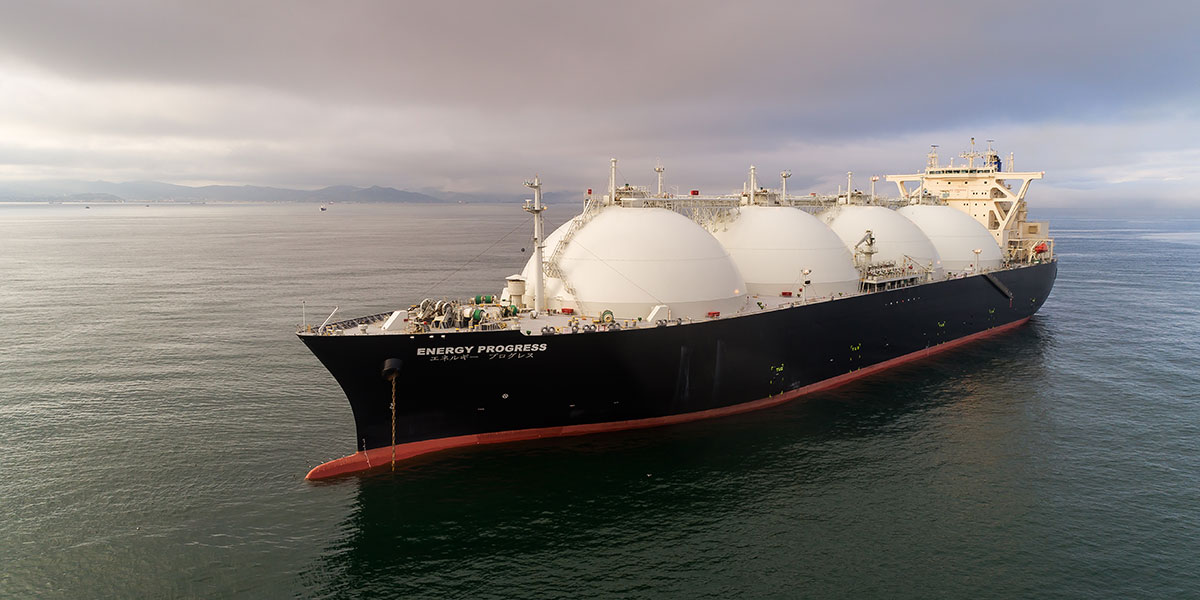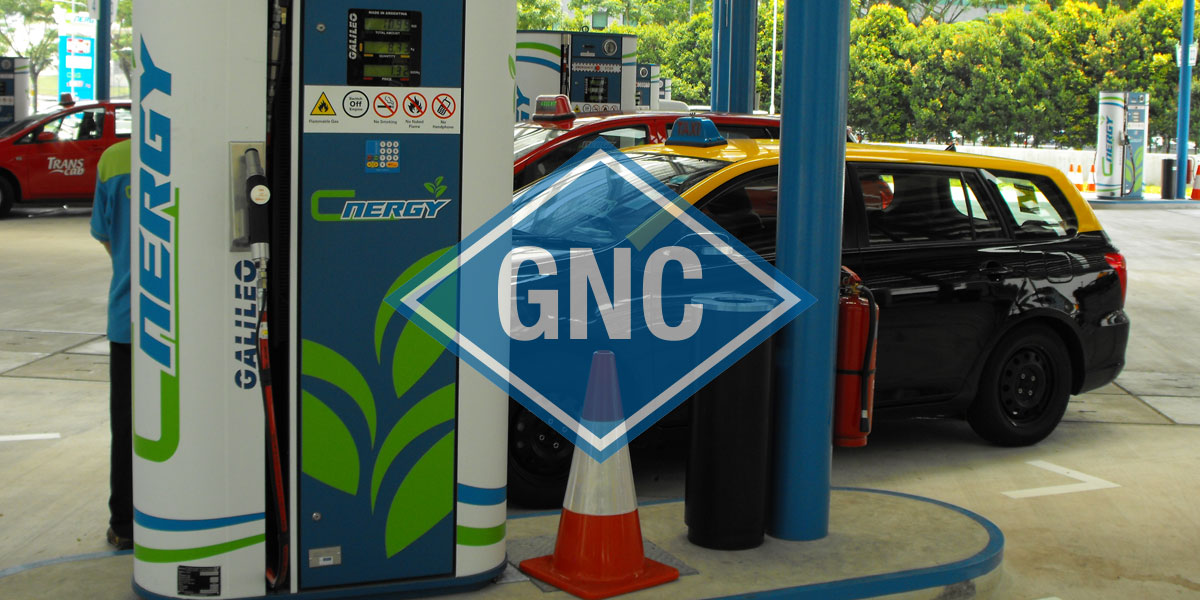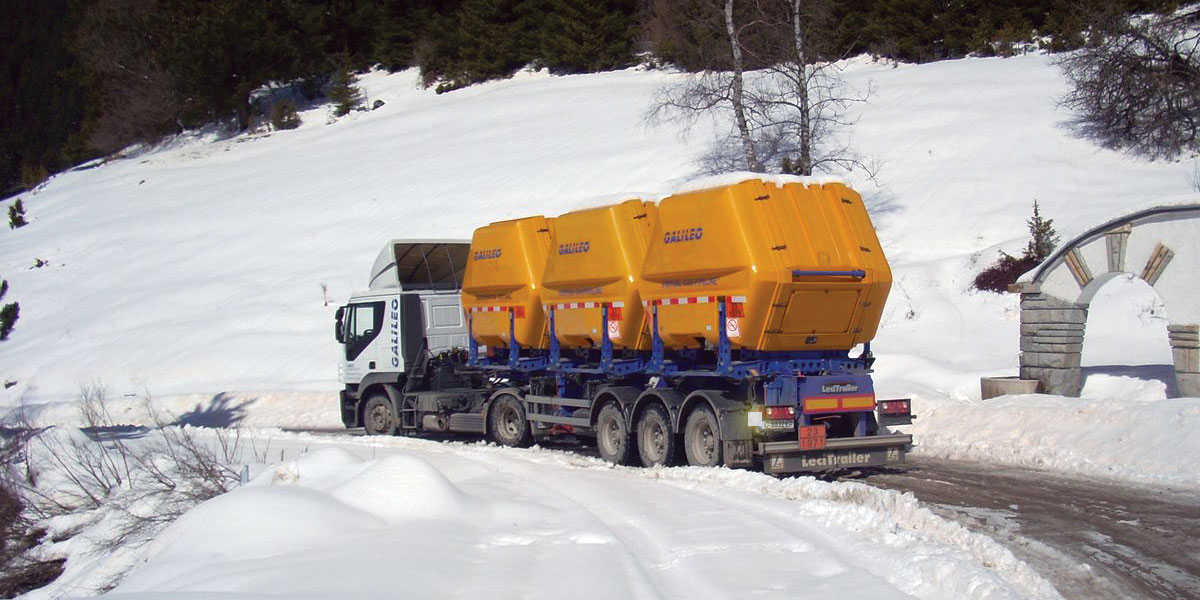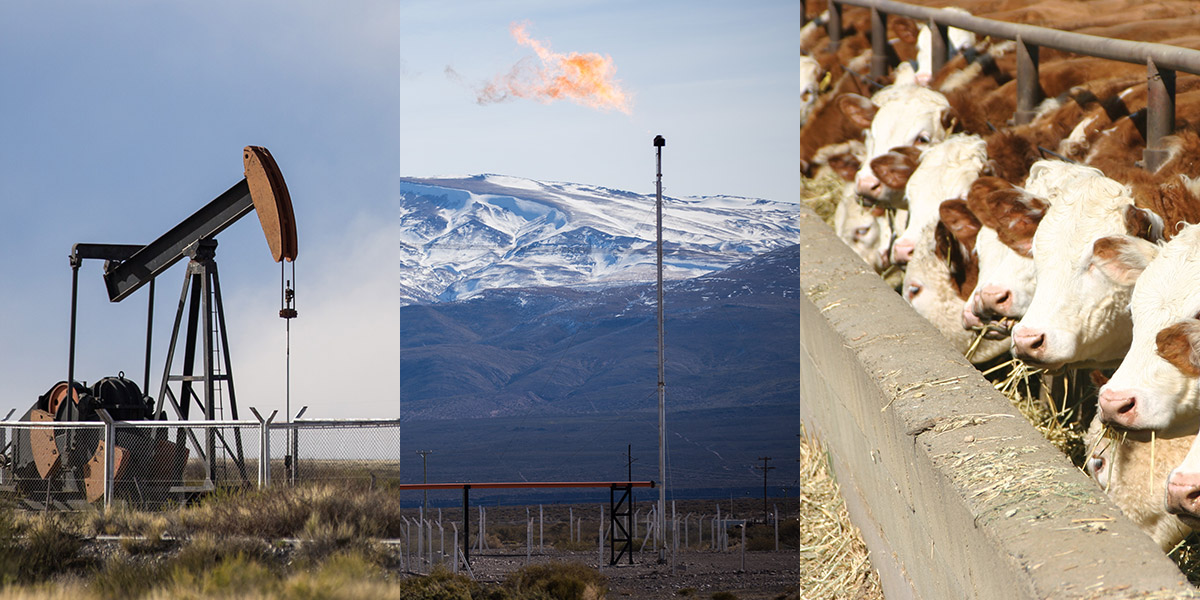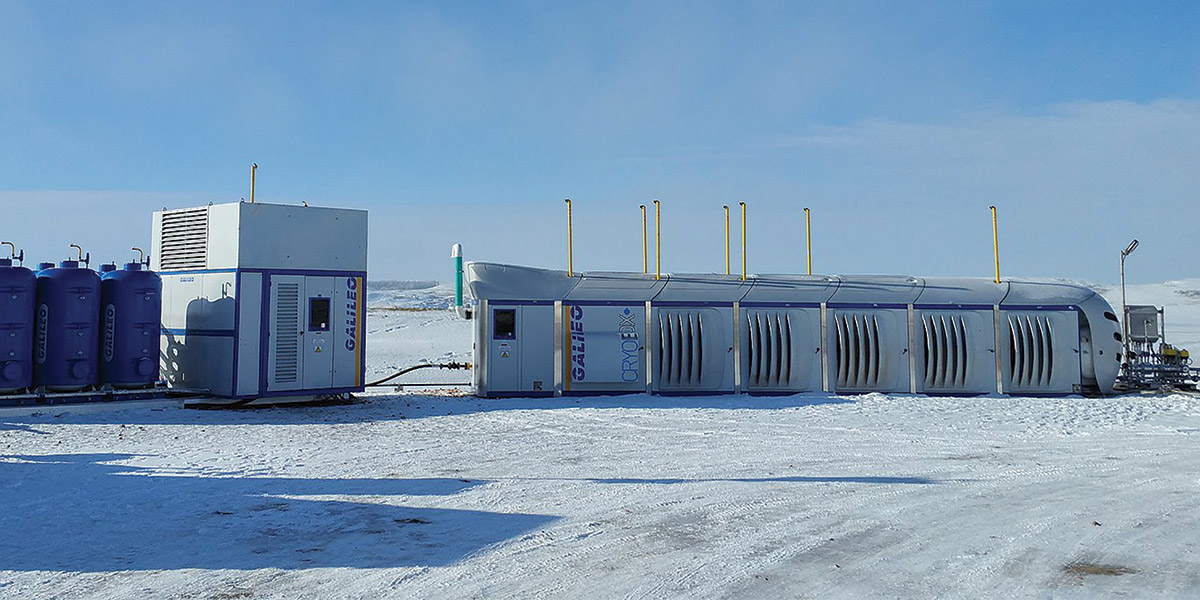Gas 3.0
The new age of gas
Gas 3.0 is the new generation of technological solutions engineered by Galileo Technologies to take natural gas and biomethane benefits to new consumers. This cutting-edge advancement introduces new possibilities to increase the availability and reach of clean and low-cost energy in a sustainable way.

With Gas 3.0, we offer you the chance to monetize gas sources currently out of the system and to add up energy regardless of the scale.

Small-scale LNG: Distributed LNG Production Solutions
Thanks to the capacity to liquefy gas directly from the wells, our Cryobox® LNG Production Stations allow the immediate monetization of the capture of flare gas, and the exploitation of stranded, shale or tight gas. This innovation, together with the Virtual Pipeline®, allows upstream producers to replace the fuel in their equipment and to create an extensive system of natural gas distribution without the use of pipelines.
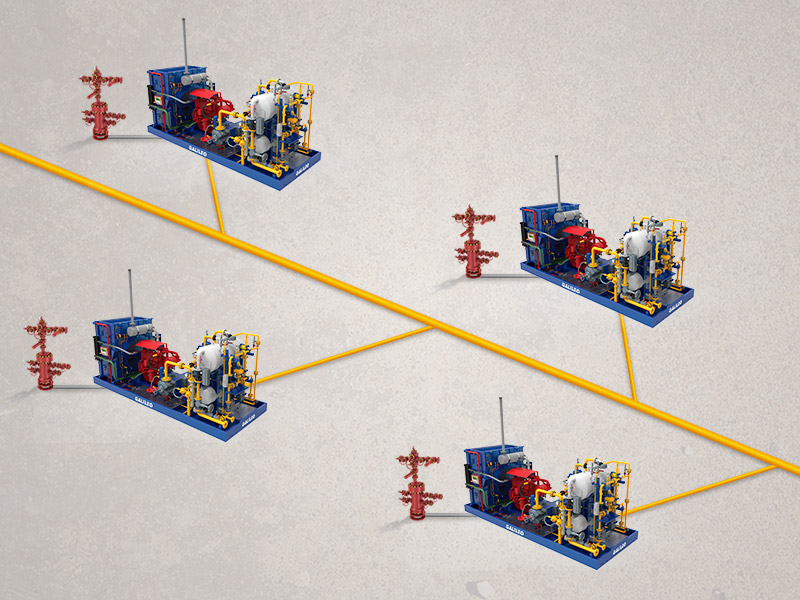
Shale Gas Distributed Compression
This innovative natural gas production system overcomes the expensive traditional gas Gathering by installing high discharge pressure Wellhead Compressors. This change of paradigm emancipates the operating conditions in the wells, maintains optimal well-head pressure values and increases the pressure flow as per the network leading to the main gas pipelines.

Virtual Pipeline
Our Virtual Pipeline® technology stimulates the exploitation of new fields, connecting them to the gas network or to the consumers, without the need of laying pipes.
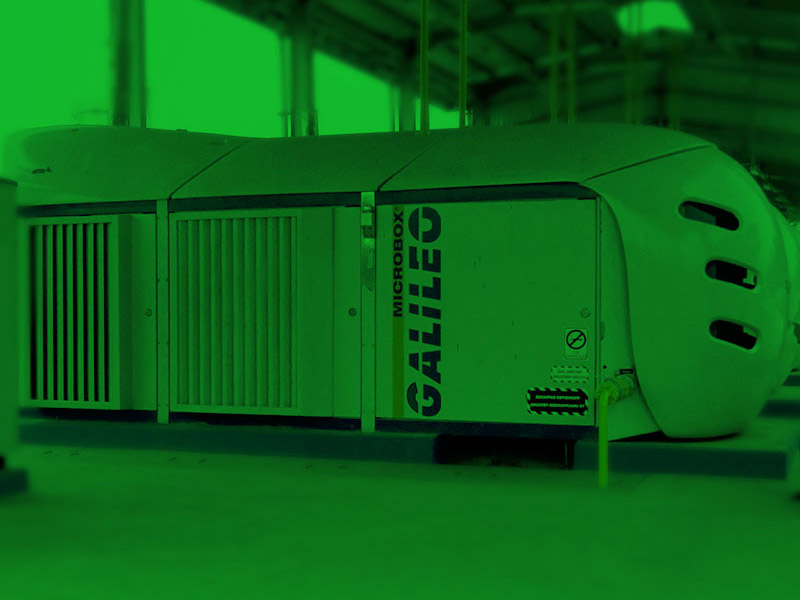
Biomethane Solutions
Our Microbox-Bio® and Cryobox-Bio® stations allow the compression or liquefaction of all kinds of biomethane right at the source and in the necessary scale. Hence, it is possible to monetize resources which lacked value before, and to provide clean fuels for transport, power generation and the industry as a whole.

Plug-and-play CNG compression packages
Our plug-and-play CNG Compressors and Dispensers ensure you the most flexible solutions for public and private clean fueling stations, industries and natural gas distribution services.
Gas Eras
When we talk about Gas 3.0 or Third Generation Gas, it is key to understand the limitations of previous technological generations. Let’s take a look at the history of gas.
Gas 1.0 – The age of gas pipelines
Natural gas is transported exclusively through end-to-end pipes, from rich natural gas fields to large urban areas. This effort implies large CAPEX and centralized infrastructure investments. However, small and geographically dispersed consumers are left unattended.
Gas 2.0 – The Age of Transportation Alternatives
Natural gas overseas trade starts following the logic of end-to-end transportation of large volumes. However, something starts to change: Galileo boosts CNG as a fuel and creates the Virtual Pipeline.
Gas 3.0 – The new age of gas and Distributed LNG Production
In the XXI century, the impact of climate change and the importance of energy cost in everyday life foster new energy production and consumption alternatives. Galileo decides to connect multiple and dispersed gas sources to new consumers. Our Gas 3.0 Model complements the rigid end-to-end transportation model with a new virtual networks one.
Results
New gas sources reach new consumers, requiring reduced CAPEX.
It is possible to create the same availability on the road for gas fuels (LNG/LCNG), which diesel and gasoline currently benefit from.
Clean and economic fuels are readily available for high horsepower applications, and gas distribution in isolated communities becomes possible.

